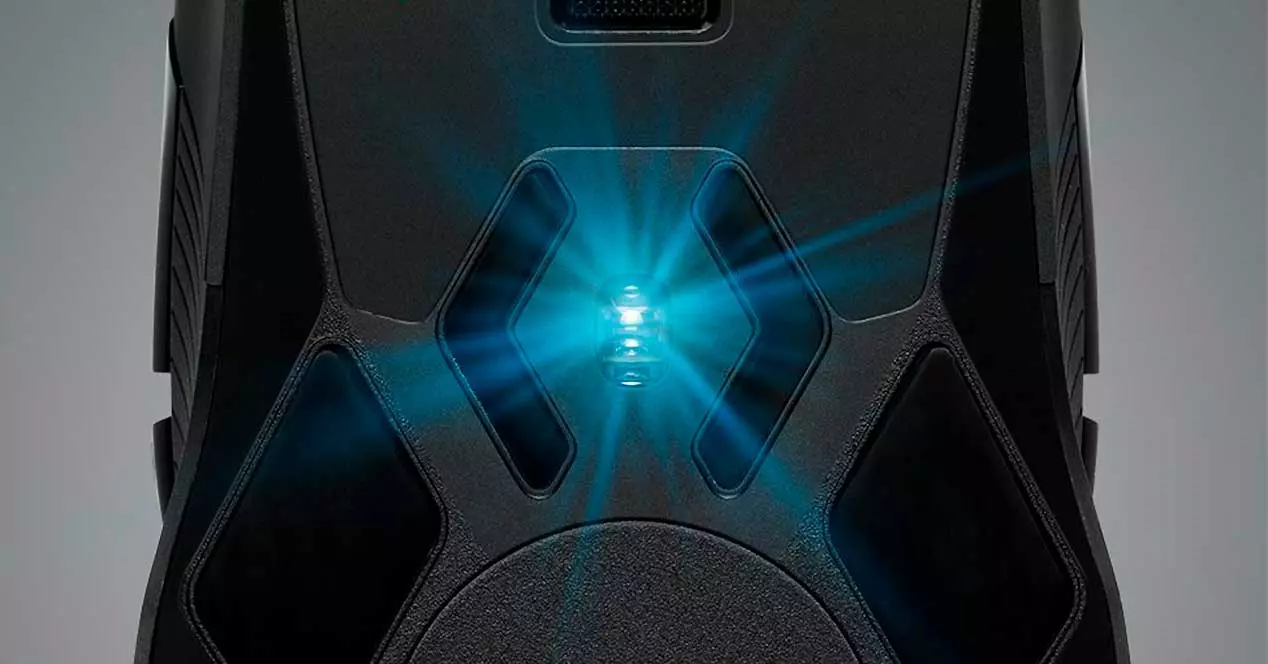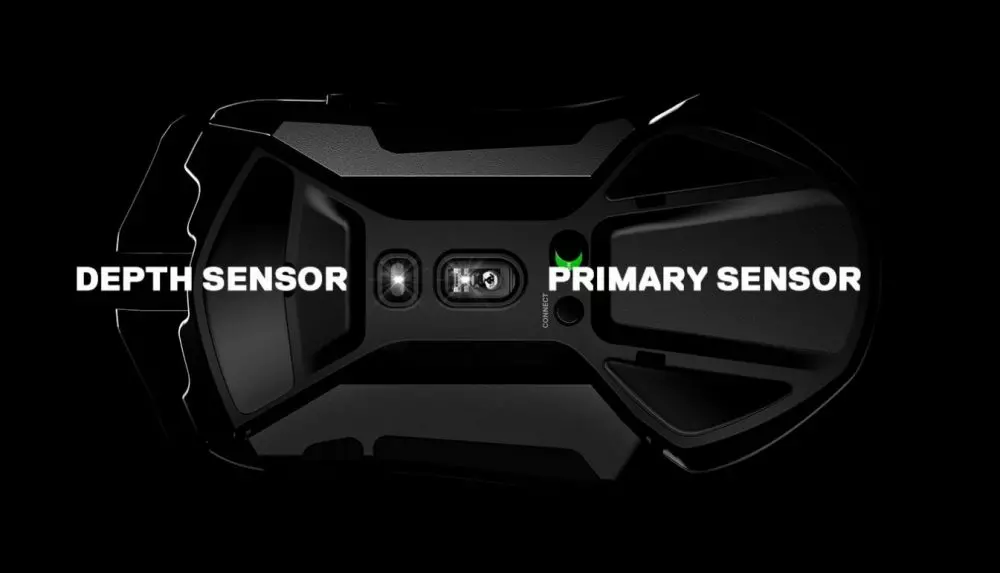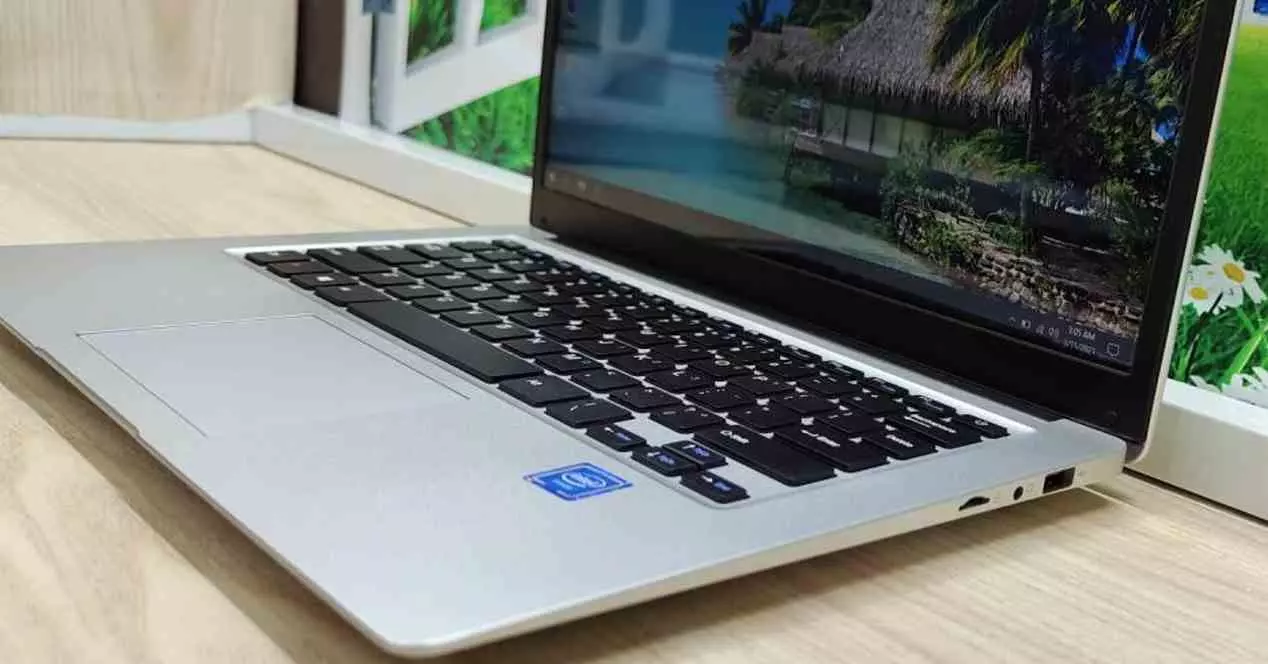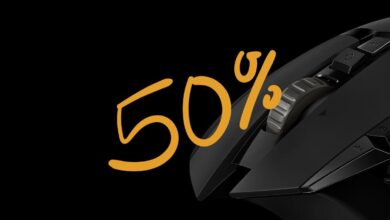
If you know a professional gamer, from a team that competes internationally, you will know that gaming mice are always a very controversial topic. Not just because of the comfort, grip, ergonomics or positioning of its buttons, but rather because of the sensor and its precision. Brands always encourage us to buy with the claim of 1: 1 precision, but … This in most cases is in question.
Your gaming mouse’s sensor and algorithms
The short answer is no, and curiously it is not for the taste of each user or what they need, but because most current sensors have electronics designed to predict our movements together with the software and an algorithm. The concept is literal, «prediction», but we are not talking about the typical adjustment of the angle or the correction to the movement of the sensor, we are talking about an algorithm that is capable of eliminating movements that it considers unnecessary or not very precise, where in the most extreme cases we would have up to certain deviations by simply drawing a straight line.
Do you think that by drawing a fictitious line on the screen you could make it perfect or almost perfect with the mouse and its pointer? Obviously not, but algorithms solve this and make us appear much more accurate than we really are.
Therefore, what the algorithm’s prediction is doing is making us more precise, but at the same time there is the paradox that the prediction is not really exact, it is a mere correction and interpretation of it.
Why make the wrong prediction on a gaming mouse?
Very easy. Most, if not all, of us are users with an intermediate or perhaps advanced level, but we are far from the professionals. A professional needs real precision, 1: 1 count of each pixel and a record of movements without prediction, mainly because this is how it really improves and can realize where it has gone wrong and by how much.
But the industry knows that we need help to be precise and feel like great players, so more and more sensors are improving algorithms to try to alleviate the errors in the movements that we can make. This is at the near nanometer level, because both sensitivity and precision towards the surface have improved, but we remain imprecise.
For this reason, current mice try to alleviate what is called Jitter, a term used in other industries and that here is associated with the inaccuracy of the cursor with the movement, where it is seen how pixel by pixel it moves towards one of the sides, not being this stable on screen. We are talking about a level of precision that we will have to verify with specific tests that determine the degree of precision according to our movements, but there will always be a common denominator for all this effect: higher DPIs imply less precision at the cost of speed.
For this reason and as we surely know, all professional gamers play with very low DPIs despite having mice with such enormous GAP. In short, gaming mice are neither as precise nor as advanced, at least for the most part, since there are some that dispense with certain technology such as algorithms to provide the player with total control and precision at their fingertips, as well as their mistakes.





